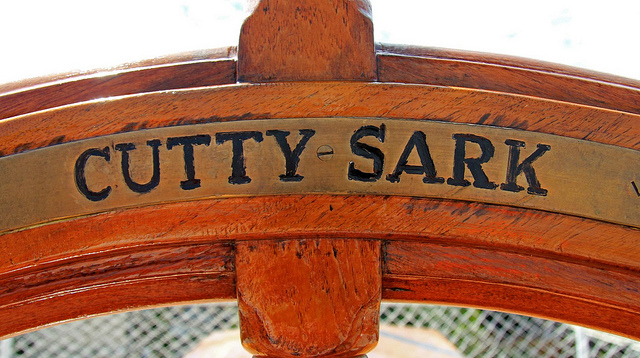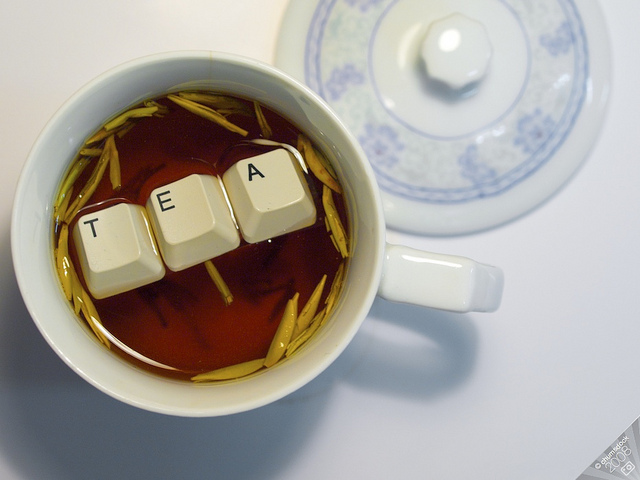For millennia communities have been trading in prestige items simply for the economic benefits or to affirm power and social position. We’ll be taking a brief look at a couple of commodities that have been the prized objects of certain traders and even nations and continents throughout history. Firstly we’ll begin with spice, a commodity with one of the longest trading legacies.

Photograph of the Cutty Sark by Karen Roe via Flickr (CC BY 2.0)
Spice
Exotic spices have always been sought after to infuse flavour. Spices that have interested traders and fuelled whole industries include spices commonly found in a kitchen today, spices such as cinnamon, cardamom and turmeric to name just a few.

Photograph of spices by Clyde Robinson via Flickr (CC BY 2.0)
The first spice routes were set up running from the east, flowing westwards into the Middle East. Many will be familiar with the documenting of the birth of Jesus in The Old Testament. Jesus received gifts including Frankincense and Myrrh, these too were eastern luxuries and came into the Levant through the very same trade routes as precious spices would have flowed.
It was after the Middle Ages in Europe that the spice trade really began to boom, primarily for European nations and especially those that were seafaring. Competition between such nations for the trade of spice brought about many changes, some technological and lasting, as countries competed to explore new connections through improved trade routes. Portugal made the first breakthrough in AD 1498 when explorer Vasco da Gama became the first European to reach India by sea. The significance of this is enormous as it allowed Portugal to effectively ‘cut out the middle man’, not needing to trade spice through the conventional routes across Europe and the Middle East.
Tea
Tea was another prized commodity that was imported from the east into Europe. Its early life in Britain for example was booming, with it becoming the chosen drink of many lower classes. This left many people in Britain opting to drink tea instead of the alcohol sold by the inns and taverns. In turn this led to a decrease in alcohol sales and a decrease in the tax revenue. After some period of time import duty on tea rose to a massive 116%. Tea became expensive, and so as always people found a way around, this time through smuggling. To combat this illegal trade the Government slashed the duty right down to 12.5% AD 1784, giving the tea trade a breath of fresh air.

Photography of ‘TEA’ cup by Chumsdock via Flickr (CC BY-SA 2.0)
The new lease of life that tea found in Britain marked an increase in competition between companies to get tea back to Britain the quickest. To do this the companies used the fastest ships possible and many technological advances in ship construction were born from this competition. As a round trip along the tea routes could take a ship a year to complete, it was important for companies to get ships back to Britain as fast as possible in order to get the very best prices for their tea! If you reached to dock before your competitors you got a better price. Like spice, tea drove technological developments in order for companies to gain advantage over their competitors.
Today you can see an example of a fast tea clipper ship, the type used to bring tea to Britain on these long journeys, in the form of the Cutty Sark, a tall ship that could utilise every square inch of sail for the best speeds.
Luxury Goods Today
Trade today is still dominated by sea routes, only rather than speed its capacity that matters, with each journey becoming more and more valuable as its tonnage rises.
One of the main commodities driving trade around the world today is fossil fuels, with barrels of oil being shipped all across the globe. Alongside mass markets such as fossil fuels you also see a growing trade for more bespoke and luxury goods. Examples include items such as luxury lights from skilled artisans to precious gems and even fossils and meteorites!
